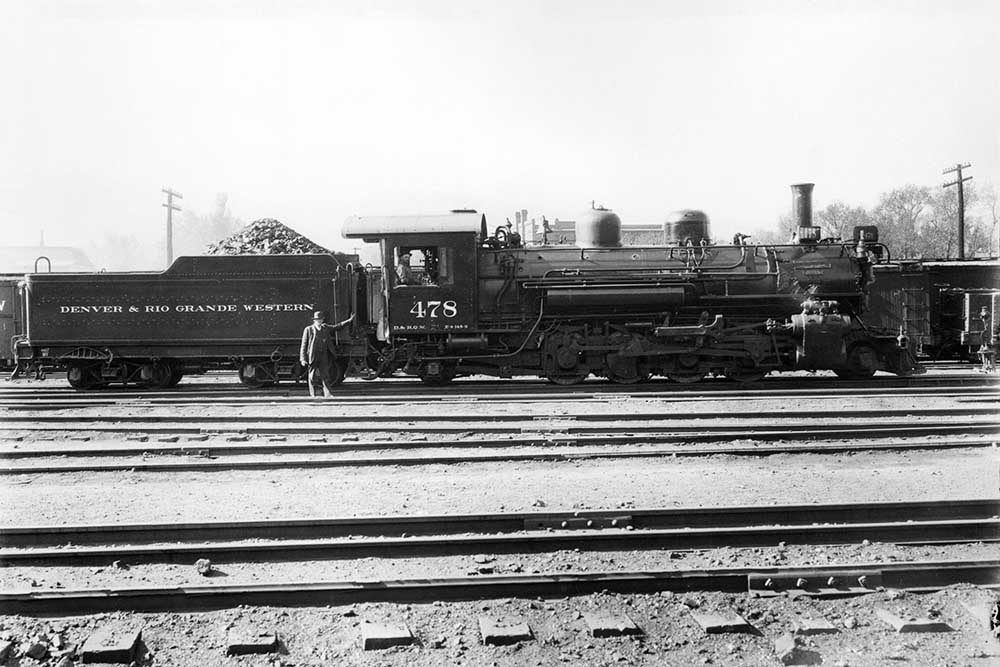
It was an oddball branch line with a just-as-odd history that is still worth recounting.
The Rio Grande’s Farmington Branch was built in 1905 to connect Carbon Junction, Colo. (just outside of Durango to the southeast), and Farmington, N.M. It was a modest, 47.68-mile standard gauge line (later narrow gauge) that followed the Las Animas River across both fairly open country and desert. The grades maxed out at 1%. Unlike the railroad’s remaining system that cut through the Rocky Mountain West, mainly for the mining booms at the turn of the 20th century, this branch line’s initial construction was more of a scare tactic against the competition.
The Southern Pacific Railroad at the hands of Edward H. Harriman was threatening to expand into the Denver & Rio Grande’s San Juan Mountain territory. The proposed subsidiary Arizona and Colorado Railroad would start out of Gallup, N.M., make a stop in Farmington, and then head into southwest Colorado to tap into the region’s black diamond: Coal. Regardless of being a ploy or not, Rio Grande’s Jay Gould countered with the Farmington Branch.
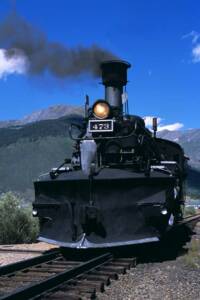
Despite spinning off the narrow gauge main line outside of Durango, the branch line began life as standard gauge. This was due to the Rio Grande’s desire at the time to transition out of being a narrow gauge railroad, in addition to uncertainty surrounding the ability to retain the branch after its completion. The death of Harriman in 1909 signaled the end of both the stillborn Arizona and Colorado, and ultimately the SP’s threat of expansion into the area.
The Denver & Rio Grande (reorganized into the Denver & Rio Grande Western Railroad in 1925) now had this oddball line that, in hindsight, long served its intended purpose. The railroad attempted to make the most out of the Farmington Branch as it became narrow gauge by 1924 for an improved interchange with roughly 800 miles of 3 foot gauge track that continued to survive. Agriculture — primarily apples and, during World War II, pinto beans — became the line’s main traffic. Yet, it was always seen as the black sheep to Colorado’s famous “Narrow Gauge Circle.”
By the 1940’s, that “circle” was in a downward spiral as a money loser. The D&RGW began cutting their losses with the Chili Line becoming the first of the system to be completely abandoned in 1942. In 1951, a much-needed shot in the arm for the lines west of Alamosa arrived with the discovery of oil and natural gas in Farmington. With the southern end of the Rio Grande’s Farmington Branch becoming a boomtown, the black sheep became a dark horse by pumping new life back into what remained of the narrow gauge network for the railroad. Heavy traffic on the daily consisted of pipes, casings, and drilling supplies.
This only prolonged the inevitable as the oil and gas business was sucked dry heading into the 1960s. By 1968, the Rio Grande’s Farmington Branch filed for abandonment along with the remaining main line between Durango and Chama N.M. The sections between Durango and Silverton, Colo., and Chama and Antonito, Colo., survive as modern-day tourist operations under the Durango & Silverton Narrow Gauge Railroad and Cumbres & Toltec Scenic Railroad, respectively.
The city of Farmington has seen different fits and starts over the years in regaining access to the national rail network since losing its namesake branch. The latest study in 2024 is staged as an all-new standard gauge line that would connect with BNSF Railway’s Southern Transcontinental main line to the south. This is known as the Four Corners Freight Rail project, a partnership between the New Mexico Department of Transportation, San Juan County, and the Navajo Nation.







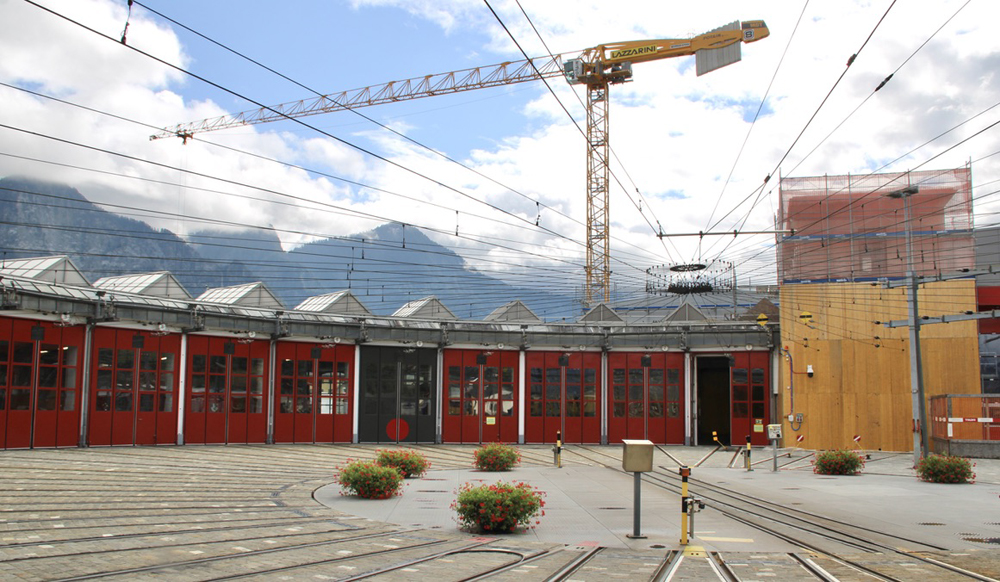
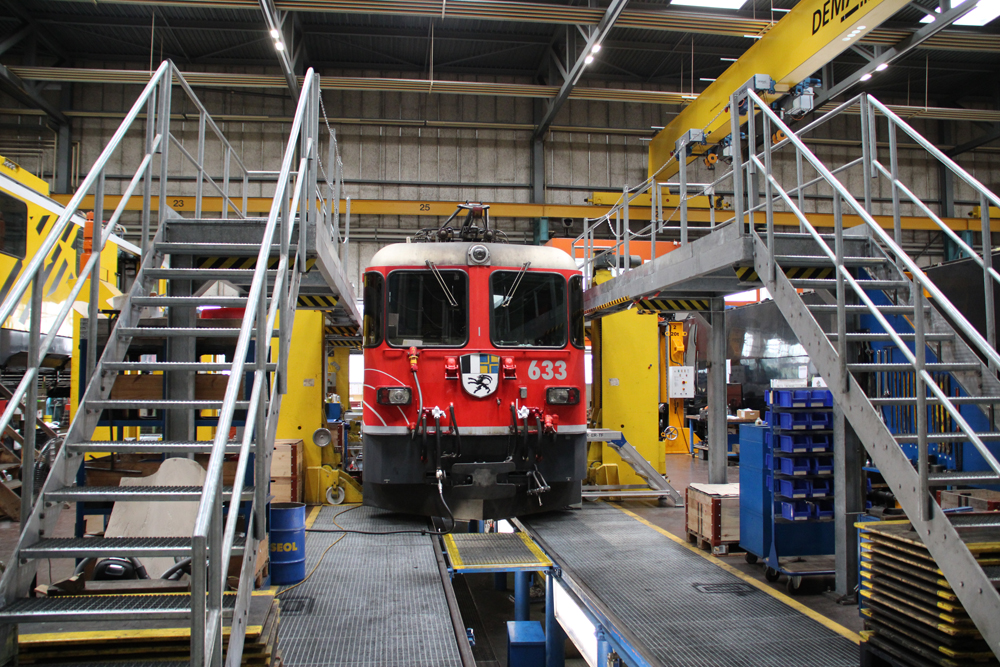
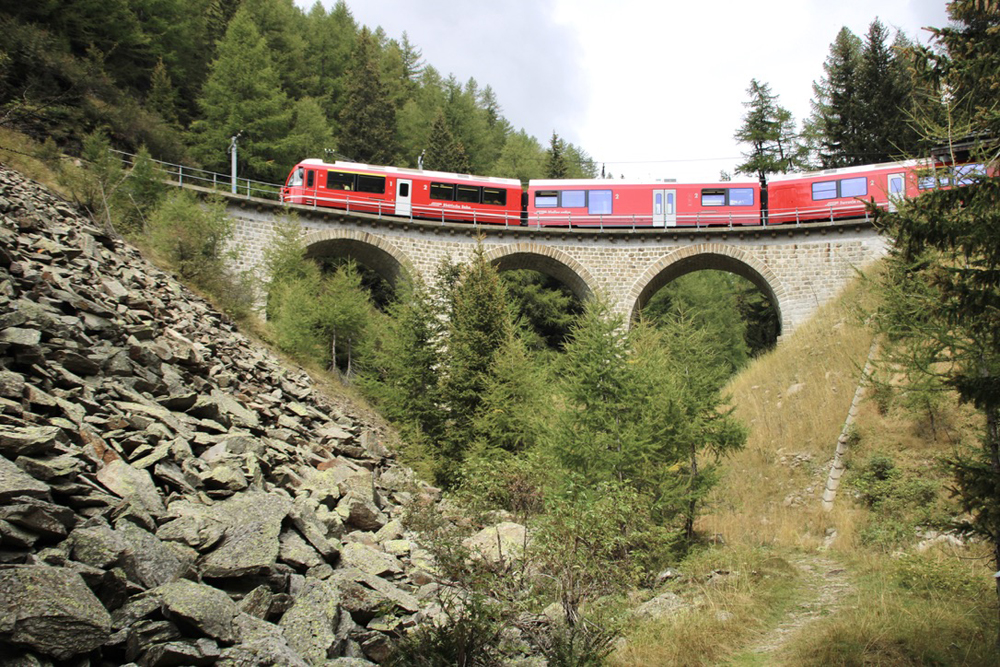
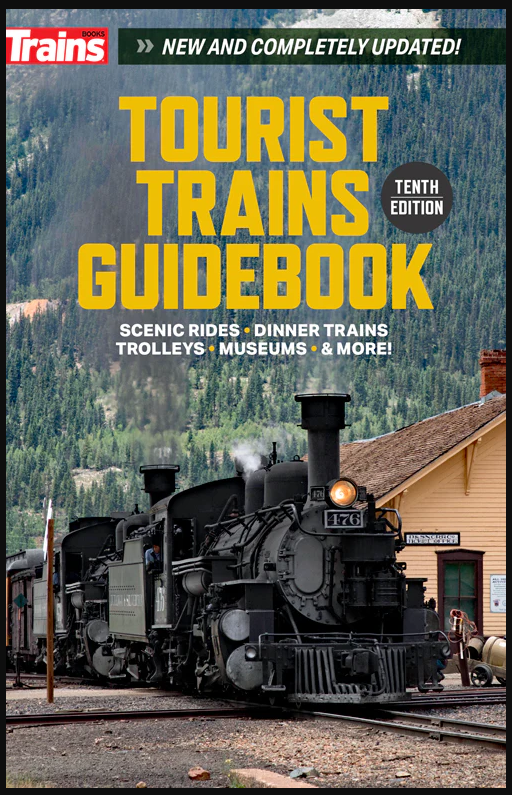


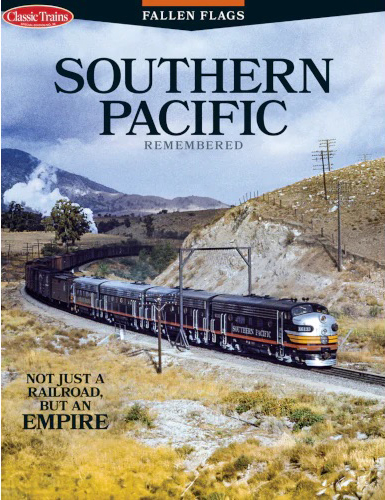
It was “Jay Gould”. Not “Jay Could”. Just because Rosemary Entringer and David P. Morgan have long since left the room is no excuse for inaccuracy.
Expect this project to be delayed to death by the acts of environmentalist who will say that this will ruin pristine lands with the ugly scar of a rail line and the pollution caused by dirty locomotives, blah, blah, blah. The same arguments were made by environmentalist in Colorado which stalled the building of the Uinta Basin Railway in northeastern Utah to connect the Uintah Basin and its oil fields, agricultural and mineral industries to the national rail system in Utah at Kyune, UT on the UP via a new 80+ mile rail line across BLM, US Forest, Ute Indian Tribal lands and also by two tunnels. THe 9.6 billion dollar project is fully funded by private infrastructure enterprises and has been held up for 4 years by this insanity and activist judges who need both hands and a flashlight to find their butts. The SCOTUS found that many of the arguments made by the environmentalists in their lower DC court ruling were not valid but will rule on the entirety of the ruling and their findings this June. Chances are very good that the lower court will be overturned and some clarity to the issues raised will be provided. In the end, the UBR will receive approvals and all that will have occurred is a gigantic waste of money and time to the detriment of the citizens of the Uintah Basin, the Seven County Coalition and Ute Indian Nation of Utah that have promoted this project. Hopefully the project in New Mexico, if it goes ahead, will not be hampered by people who don’t even live in the area and that Farmington, like the uintah Basin, can finally brought into national commerce without having to depend on heavy truck transport over narrow and frequently traveled mountain and desert roads, which by the way, the environmentalist who sued in the first place, don’t have to rely on at their peril.